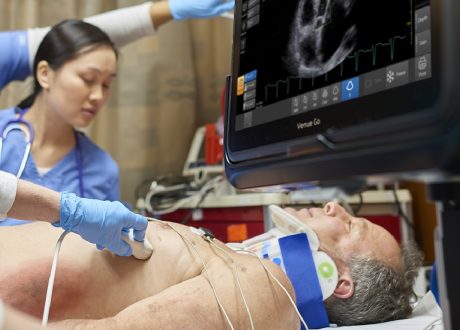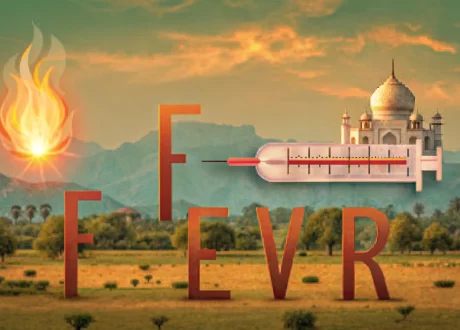Written by Michael Stocker

Blast injuries combine common polytrauma mechanisms вАУ blunt, penetrating, burns вАУ with the unique pathophysiology of blast wave injuries, and mass casualty scenarios. While rare, these patients are resource-intensive, prone to delayed yet rapid clinical deterioration, and carry high morbidity and mortality.
Close only counts in horseshoes and high-order explosives
Blast injuries are deadly yet rare in civilian emergency departments; however, the incidence is rising so we must be prepared. Injury mechanisms are categorized as primary (blast wave), secondary (penetrating), tertiary (blunt), quaternary (burns; CBRN вАУ chemical, biological, radiological, nuclear; crush) and quinary (hyperinflammatory state). While these patients can present with a host of traumatic injuries, primary injuries are unique to blasts and are most likely to be missed in the ED. Special attention should be paid to hollow organs, such as the lungs, as the blast wave can cause severe internal damage without overt external clues. For example, blast lung injury (BLI) carries the highest morbidity and mortality of primary injuries. BLI patients may have minimal signs of lung injury at presentation but progress to ARDS within hours. Clinicians should have high suspicion for impending deterioration if respiratory symptoms or hypoxia develops, as the majority of BLI ultimately require mechanical ventilation. An important pearl is the mass casualty component: blast injuries rarely present in isolation; thus, a thorough understanding of their characteristics is vital to avoid mismanagement when the department is overwhelmed and resources are tight.
How will this change my practice?
These are complex polytrauma patients and, as such, prebriefing, good ATLS, and frequent reassessment will be my practice to avoid missed injuries and identify clinical deterioration early. I will highlight my concerns for delayed injury presentations when signing out to admitting teams or providing return precautions at discharge. Also, itвАЩs time to review your institutionвАЩs mass casualty protocols!
Source
High risk and low prevalence diseases: Blast injuries. Am J Emerg Med. 2023 Aug;70:46-56. doi: 10.1016/j.ajem.2023.05.003. Epub 2023 May 5.









